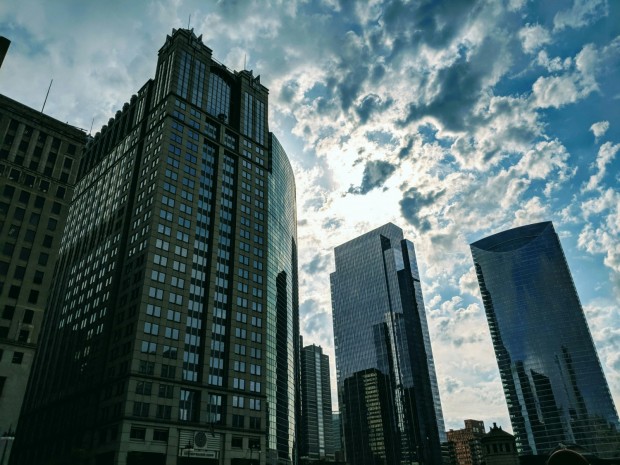Many towers around enable people to view the clouds from the top floors. Nonetheless, beyond knowing that these buildings can have hundreds of floors, there are many surprising aspects of skyscrapers that you might not be aware of. Keep reading to learn some amazing facts that are bound to shock you.

(Photo : Pexels/Constanze Marie )
1. Skyscraper Occupants Age Faster
The fact that living on top of a tall building causes a person to age more quickly is certainly something that comes as a surprise to practically everyone. This phenomenon is caused by an amazing physics occurrence called gravitational dilation. The fact that time seems to pass faster for us as we distance ourselves from the Earth defines this effect. Accordingly, a person living in a skyscraper will age a few seconds faster than someone living on the ground level if they spend their whole life in one.
2. Skyscrapers Affect the Weather
Skyscrapers have the risk of changing the local wind flow patterns. 'Wind tunnels' are produced at ground level when skyscrapers are close together. In addition, because the building functions as a wall, there is a further part of the wind filled with chemical pollutants that are rising into the atmosphere by the building. After that, these pollutants either move to other places or settle in areas close to the architectural structure.
3. Skyscrapers May Cause Earthquakes
Not alone can tectonic movements and other geological processes produce earthquakes on Earth. As mentioned, major human activities such as mining or nuclear explosions can also generate earthquakes. Nevertheless, an earthquake caused by a skyscraper is quite uncommon!
Constructed in 2003, Taipei 101 is a 508-meter skyscraper situated in an area with geologically and seismically stable ground. Conversely, the frequency of micro-earthquakes grew as development was in progress. The structure suffered a 3.8 Richter scale tremor in 2004. A few months later, an earthquake of 3.2 magnitude occurred at the same spot under the structure. Unquestionably built with heavy materials, Taipei 101's earthquake-resistant construction strains the Earth's crust significantly. The tremendous construction weight of 700,000 tons and the pressure reportedly rose right after the construction was finished, which caused the earthquake.
Also Read: Revitalizing Ziyang Street: LYCS Architecture's Innovative Design for Jiang Nan ZAN Store
4. Skyscrapers have a Height Limit.
The foundation of a structure needs to be sufficiently wide to support the building's height. Since the ground is slightly curved, the building's base and, by extension, its height will have certain limitations.
5. Some Tall Buildings Can Burn You Alive
The way a structure is built may lead one to wrongly convert it into a microwave oven able to inflict serious damage to people. On one side of the "Walkie-Talkie" skyscraper in Central London, one may find a curved and concave surface. This causes the windows on that side of the building to focus the light into a little beam whenever the sunshine strikes them. It is reportedly comparable to using a magnifying glass to concentrate sunlight to burn ants. Additionally, the outcome is similar to that of a magnifying glass, as the skyscraper's beam can reach temperatures of up to 117 degrees Celsius (243 °F) on any object in its course.
Related Article: London's Infamous 'Death Ray' Tower That Melted Cars and Fry Eggs







